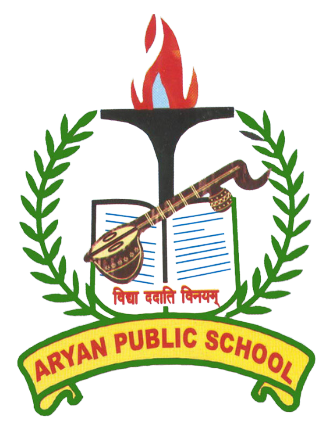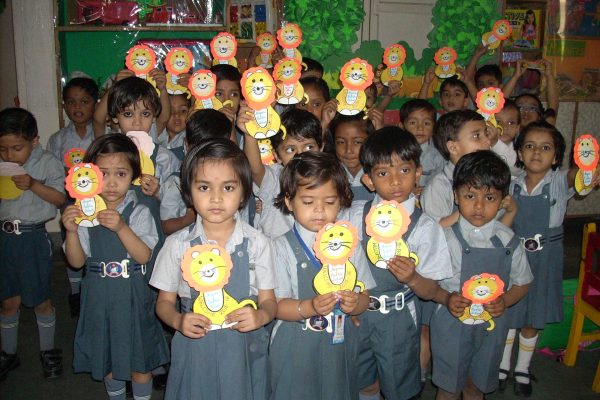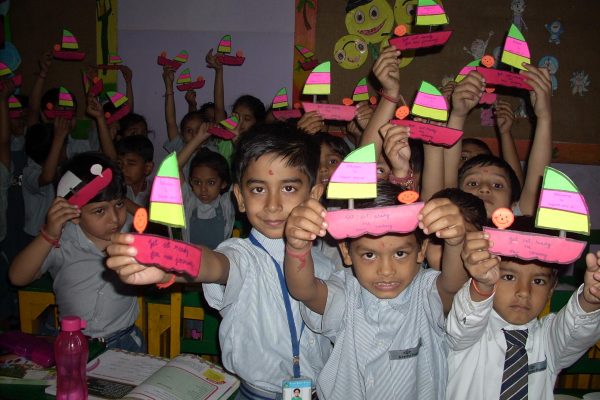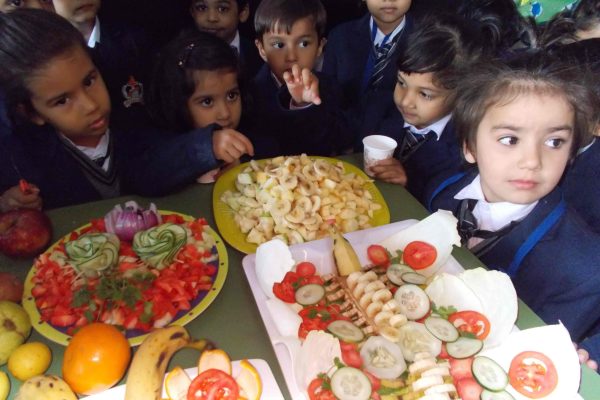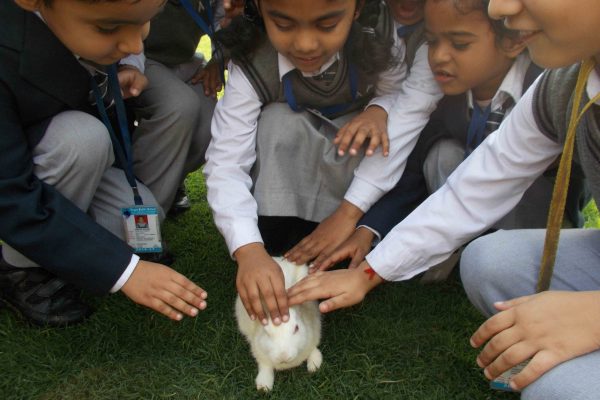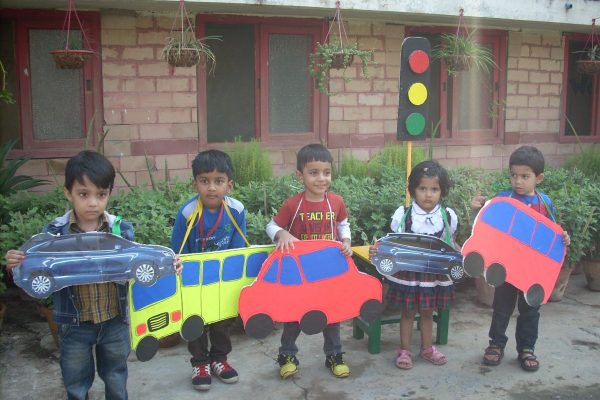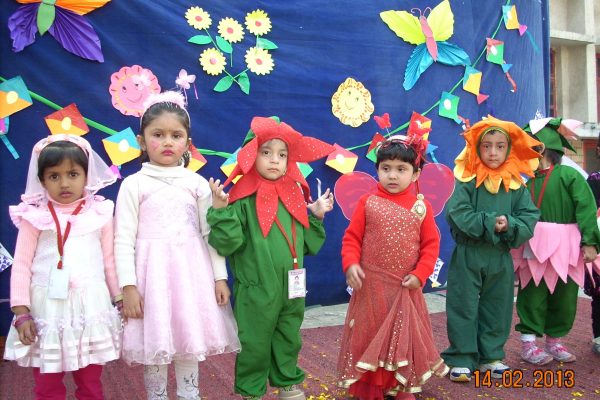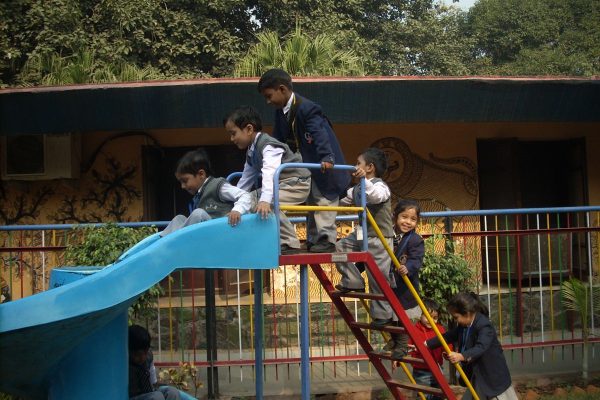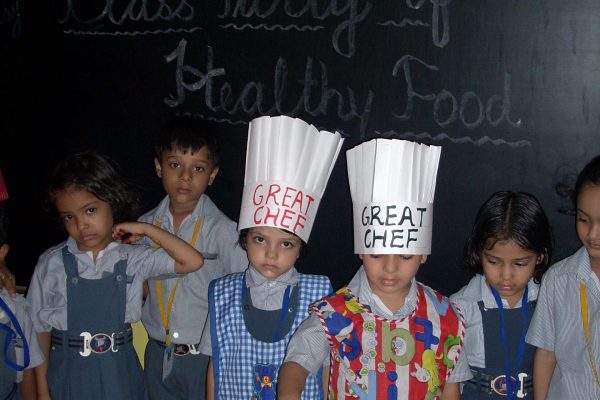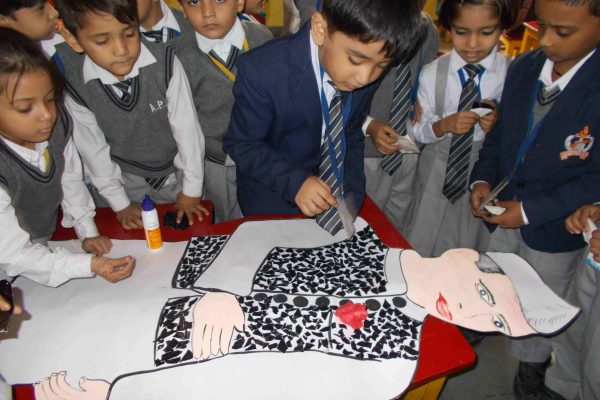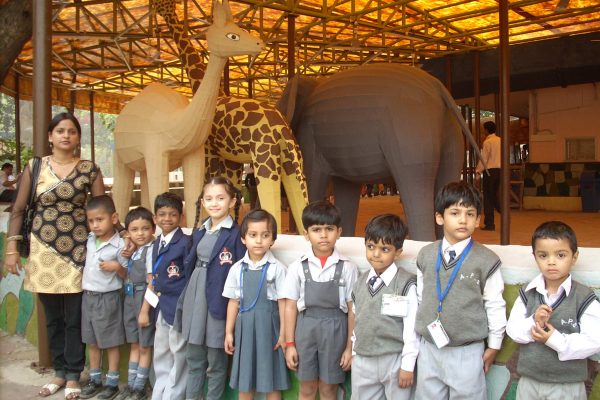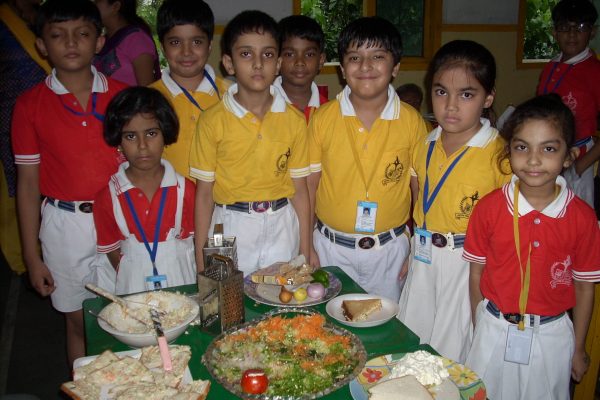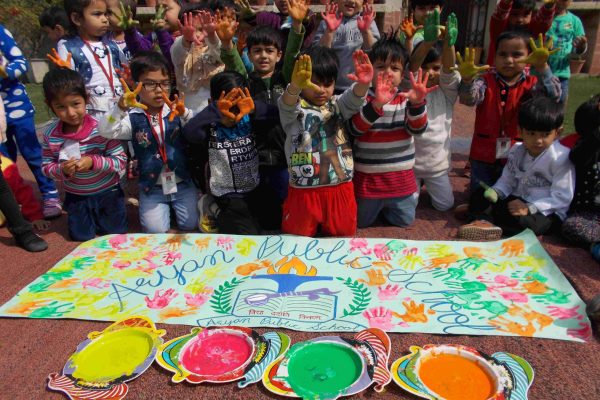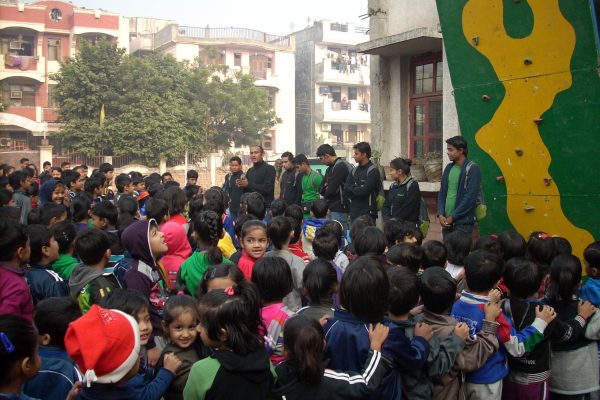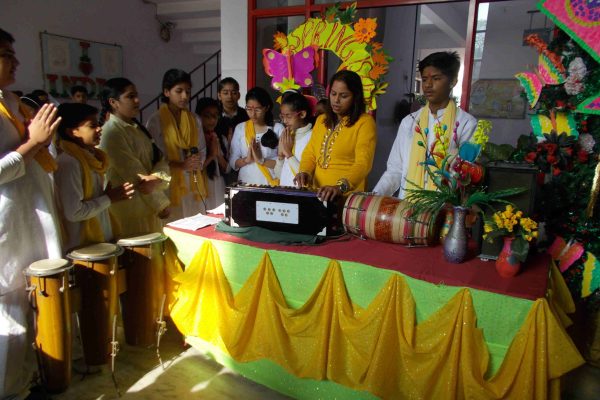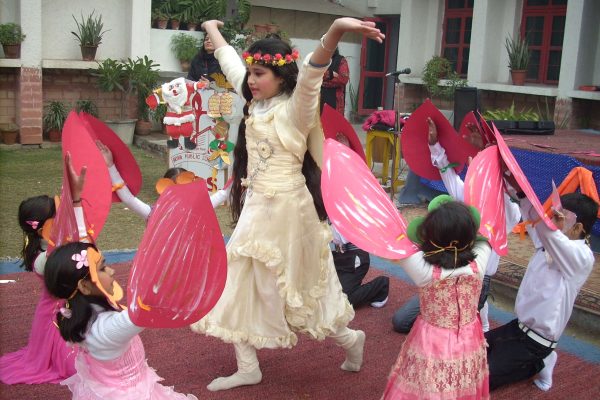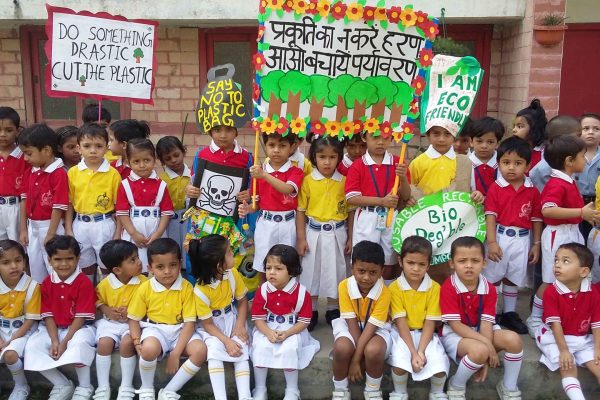The curriculum of pre-primary prepares children physically, emotionally, socially and, mentally for formal schooling.
The curriculum is categorized under the following Learning Objectives :
- Physical Development– Gross Motor Activities (Throwing, Running, Kicking, Catching), Fine Motor Activities (Clay Modeling, Paper Tearing & Pasting, Handling of Crayon/Pencil, Paper Folding), Sensory Development
- Socio-Emotional Development– Participation in Outdoor Activities, Participation in Class Activities, Interaction with Peers, Interaction with Teachers, Sharing & Caring
- Personality Development– Neatness & Tidiness, Concentration Span, Self Confidence, Self Reliance, Response to Instructors, Initiative, Self Control, Regularity & Punctuality, Care of Belonging, Respect for others property
- English– Can Express, Can Recite, Can Read, Can Write, Can Recognize & Understand Alphabets & Words
- Hindi– Can Express, Can Recite, Can Read, Can Write, Can Recognize & Understand Alphabets & Words
- Numbers– Can Recognize and Understand Numbers, Can Write Numbers, Can Add Numbers, Can Comprehend the number sequence
- E.V.S.– Environmental Sensitivity, Activity/Project
The curriculum designed at Aryan Public School is child-centered and instills traits of teamwork, empathy, patience, perseverance and respect providing holistic education. This helps children become more independent, confident and curious learners and encourages them to realize their true potential.
Syllabus of these classes is designed as development-oriented and child-centered in approach and it places a great deal of emphasis on children’s interaction with an active experience of environment. It is based on the thematic approach as a part of child-oriented education.
The main objective of the syllabus is to aim at an all-round personality development of the child.
Various Activities Conducted from time-to-time at Aryan Public School for Pre-Primary Classes includes :
Concept:
Concept of the month can be any topic, which the children can easily identify, in their day-to-day activities. Extensive knowledge of the chosen concept is given to the students with the help of Worksheets, Excursion, dramatics, talks etc. and should be preferably from the following.
- Basic Color-Red, Green, Yellow, Blue, Black and White.
- Basic Shapes-Square, Rectangle, Triangle, Circle and Oval.
- Fruits and Vegetables-Talk about all kinds of fruits and vegetables, the season they come in, fruits/vegetables growing on trees or under-ground, sweet and sour. Visit to a vegetable and fruit market, farm, etc.
- Animals: Domestic and Wild animals. Their habits, habitat, what do they eat, their cries and sounds.
- Birds and Insects: Talk about common birds and insects, their living and eating habits.
- Means of Transport: How do we travel? How one came to school. What means of transport parents have at home. How do parents go to office. What means of transport one sees moving on he road, in the air, on the water. What moves very fast. What moves very slowly. Naming two wheelers and four wheelers.
- Seasons: 1) Summer 2) Winter 3) Spring 4) Rainy. Clothes, fruits, Drinks and Gadgets used in different seasons.
- Articles of Daily use: Talk about different type of articles house hold, electrical etc. Festivals: Talk about National and other festivals, the importance of each festival, how and why they are celebrated. Park and Gardens: About various gardens, amusement park, what we find in them. What do the children do in the parks? Talking about slides, swings, flowers, plants etc.
- Food and Clothes: Talk about different type of clothes, Talk about Healthy food and its importance and how harmful and unhealthy is junk food to our system.
- Parts of Body: Talk about different parts of body and their uses.
- Our Helpers: Our common day-to-day helpers will be covered, their work, uniform etc.
- Me and My Family: Where they live, with whom, and how many people stay with them. Talk about family relations, the eldest and the youngest etc.
- Moral Values and Good Manners
2. Creative Activities:
Besides academic activities children will be involved in meaningful creative activities. Some of the activities are paper crumpling, clay modeling, paper tearing, folding, pasting, starch play, collages, water play, paper cutting, thumb, printing, spray printing, hand impression etc.
3. Indoor and Outdoor Activities:
The students should continuously be involved in various activities such as
- Free play: outdoor activity swings, running etc.
- Organized Outdoors Activity: e.g. play with a ball, class picnics (outdoor and within school), playing group games and visiting places like parks, museums or zoo.
- Indoor Activity: will be in the form of craft work, playing with creative toys, clay modeling and reading storybooks from class library.
- Indian and Western music classes
- Theme boards: Activity related to the themes.
- Scientific Activity: Water play, nature walks, experimenting with items
4. Culinary Skills :
The culinary skills of the children will be tapped with the aim of encouraging the little ones to understand the importance of healthy food. Apart from baking cakes, biscuits, they also learn to make Salads, Sandwiches, Pizzas, Lemonades, simple pudding and fruit cream etc.
Assessment System:
There is no formal examination for students of pre-primary. They are assessed through continuous assessment process in which a child is monitored regularly on his/her day-to-day activities/learning/growth and is being awarded grades based on his/her performance.
Points on which assessment are focused.
- Physical development.
- Socio Emotional development.
- Personality development.
- Academics
